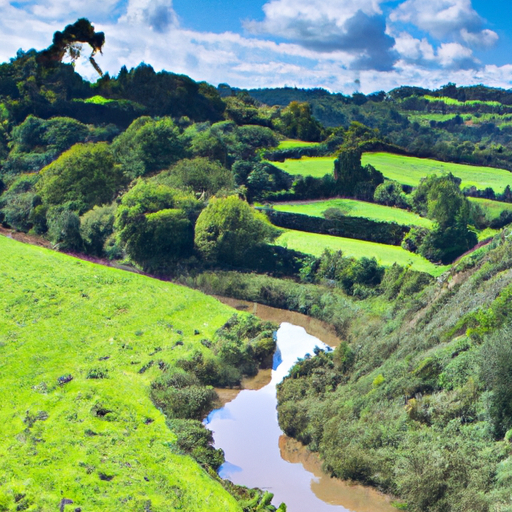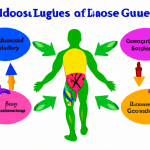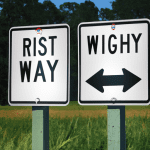What Do You Mean by Rill Erosion? Exploring its Causes and Impact
Rill erosion is a type of soil erosion that occurs when small channels, known as rills, are formed on the surface of the soil due to the flow of water. These channels are typically shallow and narrow, but they can become deeper and wider over time if left unchecked. Rill erosion is a common problem in agricultural fields and construction sites, where the soil is often left exposed and vulnerable to erosion.
Causes of Rill Erosion
There are several factors that contribute to the occurrence of rill erosion. One of the primary causes is the intensity and duration of rainfall. When heavy rain falls on bare soil, it can easily dislodge soil particles and create rills. The slope of the land also plays a significant role in rill erosion. Steeper slopes increase the speed at which water flows, making it more likely to form rills.
Another factor that contributes to rill erosion is the lack of vegetation cover. Plants and their root systems help to stabilize the soil and prevent erosion. When the land is devoid of vegetation, there is nothing to hold the soil in place, making it susceptible to rill erosion. Human activities such as deforestation and improper land management practices can also exacerbate rill erosion.
Impact of Rill Erosion
Rill erosion can have several negative impacts on the environment and human activities. One of the primary consequences is the loss of fertile topsoil. As rills deepen and widen, they carry away the nutrient-rich top layer of soil, which is essential for plant growth. This loss of topsoil can reduce agricultural productivity and lead to decreased crop yields.
Furthermore, rill erosion can contribute to water pollution. As the water flows through the rills, it picks up sediment, pesticides, fertilizers, and other pollutants present on the soil surface. These pollutants can then be transported to nearby water bodies, causing contamination and harming aquatic ecosystems.
In addition to environmental impacts, rill erosion can also have economic implications. The loss of topsoil and decreased crop yields can result in financial losses for farmers. Moreover, the sedimentation of water bodies can affect water quality and availability, impacting industries that rely on clean water sources.
Conclusion
Rill erosion is a significant concern that affects both the environment and human activities. Understanding its causes and impacts is crucial for implementing effective erosion control measures. By promoting vegetation cover, implementing proper land management practices, and adopting erosion control techniques, we can mitigate the effects of rill erosion and protect our soil and water resources for future generations.




